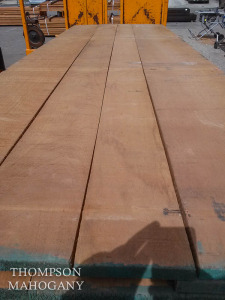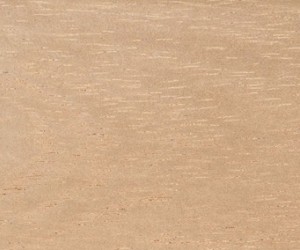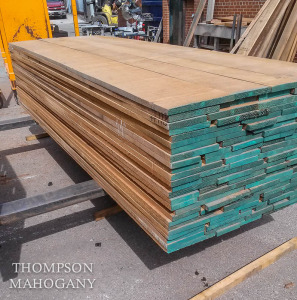We have had quite a few questions about Spanish Cedar availability and quality. We spoke with our salesman Rob Nienaber to help answer some of your questions.
Where is it from?
Spanish Cedar or Cedrela odorata is native to Central and South America. ETT Fine Woods also stocks a plantation farm grown Plantation Spanish Cedar (also Cedrela odorata) from Africa. This material is grown on tree plantations in Ghana, Ivory Coast, and to a lesser extent, Cameroon.
What is it usually used for?
Spanish Cedar is the primary wood utilized in the manufacture of Cigar boxes and humidors. It is also a preferred wood for windows and doors and exterior siding, exterior mouldings and millwork. Spanish Cedar is also used for linings for closets and chests. While there are many more applications, these are some of Spanish Cedar’s most popular applications.
How is Spanish Cedar’s stability?
Spanish Cedar is durable regarding decay resistance, and is also resistant to termite attack, and has excellent weathering characteristics. These properties are the reason that Spanish Cedar is often used for exterior mouldings and millwork.
How does ETT Fine Woods’s quality of Spanish Cedar compare to the competition?
All ETT Fine Woods’s lumber inspectors have decades of experience, and each piece of lumber is hand inspected to ensure the best grade. Over our 172 years of business, we have learned to purchase the best lumber from reputable mills that stand behind their product. We buy mostly green/air-dried material because Cedrela odorata takes extra care while drying. Over our history, we have developed the best techniques to dry Spanish Cedar so the sap (or resin) is crystalized. This process eliminates the chance that boards will ‘bleed’ (sap oozing from boards).
When we do buy it as Kiln Dried, we specify how in it needs to be dried, and we run tests to be sure it does not bleed.
Finally, to meet our customer’s expectations, we purchase and sell only true Spanish Cedar which is Cedrella odorata. Some species, such as Cedrela fissilis, do not meet ETT Fine Woods’s stringent requirement.
How is the supply of Spanish Cedar and how is that supply effected by regulation?
There is a very limited supply from South and Central America. Because of this, more and more importers have gone the plantation grown Spanish Cedar from West Africa in order to have material in their inventories. The plantation grown supply from West Africa is ample. Spanish Cedar requires the proper paperwork from the County of Origin for the United States Government to allow entry. These documents can effect the amount importers have available.
What is the difference between Cedrela Odorata from the different regions?
The differences in Spanish Cedar between South America and Africa is mainly quality.
South American will have better widths. We are able to buy from South America as 6” and wider. From South America, you may find some Pin-knots, but they can be graded against.
From Africa Spanish Cedar will have on average about 15% 4 & 5” Length From South America and Africa will have about 10% of the load being 7’. We find that there is more 13-16’ from Africa. There are more Pin-knots, which are evident from Africa. The buyer should be aware that they will have pin knots on some boards.
They both will have the famed Spanish Cedar aroma/smell. Some of our customers say the smell from Africa is a little ‘sweeter’. The cost for African Plantation Spanish Cedar can be 20% less than the South American.
Because of the quality difference, some buyers would prefer one over the other. When a customer is making furniture, windows, or doors, they usually prefer South American Spanish Cedar. When a client is using Spanish Cedar for mouldings, as an exterior application, or they are making a painted product, African Spanish Cedar would be the way to go.
Why is Spanish Cedar from South America hard to find?
We have heard that Plantation Cedar availability and pricing is making it more and more attractive as compared to South American (SA) Cedar. South American Cedar is hard to acquire because of regulations in South America. The necessary documentation needed to purchase South American Spanish Cedar are more difficult, and many importers have reduced or eliminated their South American inventories.
TMC has a ready source for legally harvested South American Spanish Cedar that is high quality, and we have had much success with obtaining high quality African Plantation Spanish Cedar as well.
Any Further Questions?
If you have anymore questions about Spanish Cedar or any other fine imported or domestic hardwoods please feel free to comment below, contact us, or reach out via social media. We are here as the hardwood experts to help you make the most informed decisions when it comes to purchasing your hardwood lumber.


